This post is also available in: 
The global welder shortage is a growing and well-known phenomenon, but what is the real cause? Why is it so hard to find skilled welders? We asked for the opinions of specialists from three continents, and here is their insight on the welder shortage.
The current welder shortage is nothing new; it has been a crucial issue for years. The European Welding Federation (EWF) reports a shortage of around 300,000 qualified welders in Europe, with heightened demand in countries like Germany for skilled welders in the automotive and manufacturing sectors. The American Welding Society (AWS) projects that the US will need 360,000 new welding professionals by 2027.
According to a recent employment outlook survey in Australia, skilled trades workers (such as electricians and welders), engineers (electrical, civil, and mechanical) and technicians are scarce. Similarly, in a recent report regarding the employment market in the Flanders region of Belgium, the VDAB (Flemish employment office) calls the search for technical personnel “simply problematic.”
What has caused the welder shortage?
According to The American Welding Society (AWS), one of the main reasons behind the current welder shortage is the new industry growth and the associated demand for new talent. In turn, Geoff Crittenden, the CEO of Weld Australia, comments:
“This skills shortage is compounded by a rapidly aging welding workforce; for example, with approximately 30% of Australia’s existing welding workforce aged over 45 years. This heavy proportion of older skilled trade workers, particularly welders, puts into focus the looming issues that industrial sectors are likely to face when baby boomers finally reach retirement age – job positions related to welding will simply become impossible to fill, particularly given the projected increased demand.”
The shortage of welders is leading to an increased need for automating the welding process. Automation is helping to bridge the gap between the welders needed by the industry and the available number of qualified welders. However, according to the Belgian Welding Institute and VDAB, the introduction of robotic welding applications has also created further problems: due to the complexity of the welding robots, even more specific competencies (a combination of in-depth welding knowledge, as well as programming skills) are needed to operate these robots.
Misconceptions and lack of information about welding deters young people
There are several misconceptions about the welding industry and welding careers. Manufacturing and welding are considered to be in decline, and the industry is not implementing new technologies to remain competitive. It is perceived that the compensation is lower than other industry sectors, the work repetitive, monotonous, underpaid and that it involves decrepit, dirty environments. The lack of career growth opportunities also deters younger generations. This is why there are so few students in technical schools for welding.
Many young people also do not have enough information on a career in welding when choosing their future profession.
They do not know that welding can be creative, technologically advanced, or versatile. What’s more, they are not aware that welders are highly appreciated professionals and urgently needed in different industries. A skilled welder can, in many cases, choose the company he or she wants to work for and make good money in the process.
Education is the key to promote welding as a lucrative career
Providing information and education is at the core of solving the welder shortage. Welding societies and associations worldwide support welding-related education programs, organizations, events, and educational institutes to ensure that the welder shortage will be reduced in the future. This support includes awarding, educating, and general career promotion.
Currently, AWS sources occupational data through well-established third-party sources that include Weld-Ed, Emsi, and Burning Glass Technologies. Utilizing these sources allows AWS to identify a variety of labor conditions for specific occupations where welding is a primary job function.
The AWS is also growing the talent pipeline by awarding scholarships to students enrolled in welding-related education programs, as well as awarding grants to educational institutions to help them improve and expand their welding programs. They support and educate youth and student organizations through Skills competitions and promote welding career pathways through an expansive digital presence to multiple audiences.
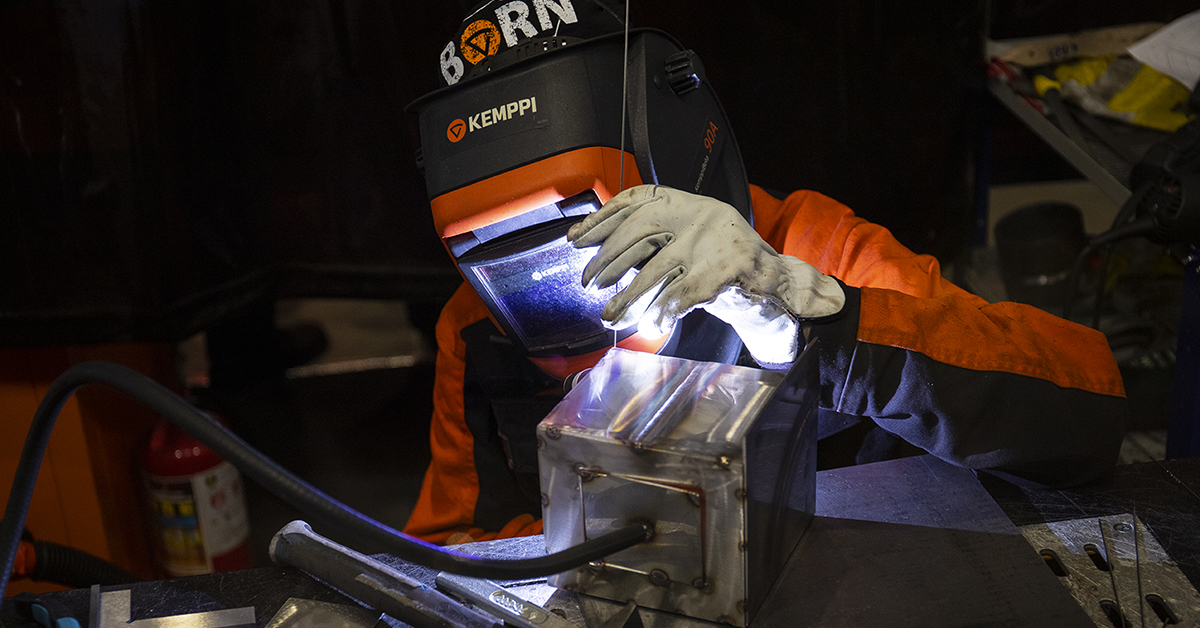
Developments in virtual welding machines have made it a lot easier to enable (even very young) students to get a taste for welding and generate interest in welding educational programs. More technical schools are investing in them to use as a complementary step to practical welding lessons. In 2019, the Belgian Welding Institute and VDAB even organized a virtual welding championship.
Focus on skills required by the industry
The Belgian Welding Institute and VDAB say that the requirements set by the industry for a welder are constantly growing. To fulfill these demands, it is necessary that companies, welders and educational institutes to actively continue investing in both practical and theoretical life-long learning. The IIW and EWF courses are ideally suited for this, as they are tailored for every different level of the educational program.
Attracting and retaining young talent to address the skills shortage involves investing in engaging training and apprenticeships. Welder training should shift from traditional methods to interactive experiences using state-of-the-art technology, aligning with industry needs. This approach ensures young individuals gain comprehensive technical knowledge and skills, acquiring transferrable qualifications for lifelong learning and development.
Welder training in Australia, per Weld Australia, is outdated and underfunded due to chronic funding shortages and failed marketized delivery policies. TAFEs (technical and further education units) lack the capacity to upgrade courses and curricula or develop qualifications aligned with advanced manufacturing needs. Consequently, recent welding graduates lack the necessary skills for industry demands, leaving young apprentices entering the workforce without required knowledge and skills.
“Australia’s TAFE system requires a shift in thinking and a focus on the skills that will be essential to the future of industry, such as automation, robotics, artificial intelligence, and advanced manufacturing processes,” comments Geoff Crittenden.
Arc burns brightly in the future, too
The future of welders on all continents looks bright. Welders are in demand more than ever, and the manufacturing industry will continue to be important, or even increase in size, especially in Europe, as there is a shift in companies trying to ensure their supply chain is more local. There are several ways to create even more jobs for welders; both with a greater emphasis on local procurement by federal and state governments, as well as major private enterprises.
The Belgian Welding Institute and VDAB emphasize that there is a clear role for everyone active in the welding industry to assist in promoting the image of a career in welding. “The possibilities for continuous learning in welding are not known widely enough. The career options are very broad: from specialization (i.e. in a specific welding process/sector/material), to focusing more on quality and inspection, or towards robotic and automation processes.”
AWS will continue to support, bolster, and expand existing initiatives in the U.S. Ensuring industry success and growth, AWS certification and education initiatives will be critical in preparing the next generation of skilled welding professionals.
The future of welders on all continents looks bright. Welders are more in demand than ever, and the manufacturing industry will continue being important.
Weld Australia has long advocated for federal and state governments to support local welders and fabricators in their procurement processes. This would create thousands of jobs, a solid local supply chain, and an industry equipped to export world-class products all over the world. It would facilitate technology transfer and drive some of the world’s most innovative research and development.
With a long-term procurement commitment from state governments, manufacturers and fabricators would have the confidence to reinvest in their own capabilities, strengthening the industry from within. This type of business innovation strengthens businesses and creates new and better jobs, which together support a move to higher living standards.
“Multinational companies need to understand that they are part of the community and have a social responsibility to support the local industry,” states Geoff Crittenden.
According to a recent report by the Industry Capability Network, every $1 million worth of output in the Australian steel industry generates over $700,000 worth of Gross Value Added in industrial support activities and $225,300 in tax revenue. Plus, for every person employed directly by the steel industry, this creates as many as six full-time jobs in related and downstream industries.
Let’s keep the arc burning and the world running!
Read more about Kemppi’s collaboration with educational institutes
The American Welding Society (AWS) was founded in 1919, as a nonprofit organization with a global mission to advance the science, technology and application of welding and allied joining and cutting processes, including brazing, soldering and thermal spraying. AWS strives to move the industry forward in both thought and action, as well as inspire new generations to the exciting career opportunities available throughout the welding industry.
The American Welding Society Foundation supports programs to ensure the growth and development of the welding industry through research and educational opportunities. Every year, the AWS Foundation awards more than $1,800,000 to students, industry professionals, and educational institutions in the form of scholarships and grants.
Belgian Welding Institute is a member institute in Belgium that works for all companies, schools and other relevant parties involved in welding, as well as by VDAB: the Flemish employment office. Both organizations have a long history in the welding industry; the VDAB focusing on the labor market and the available personnel for (re)training, and the Belgian Welding Institute from the side of its industrial members.
Weld Australia represents the welding profession in Australia. Weld Australia’s vision is to facilitate the growth of a world-class welding industry. Its members are made up of individual welding professionals and companies. Weld Australia members are involved in almost every facet of Australian industry and make a significant contribution to the economy. Weld Australia is the Australian representative member of the International Institute of Welding (IIW). Their mission is to create opportunities for their members and promote welding safety policies which protect the Australian public.










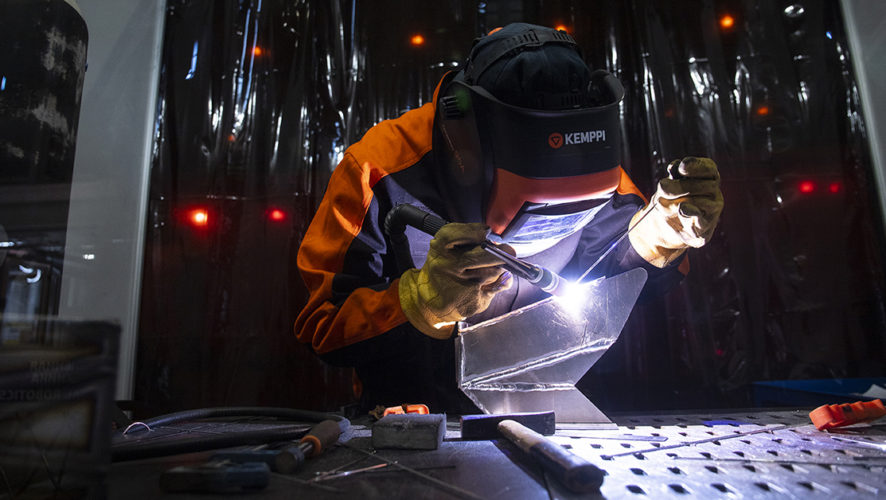
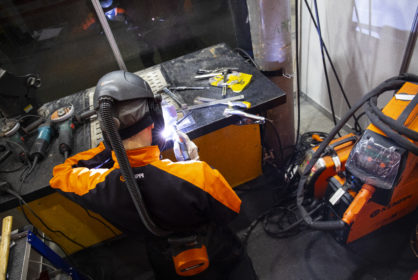
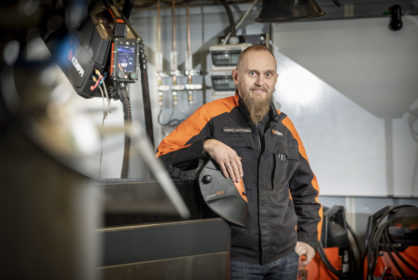
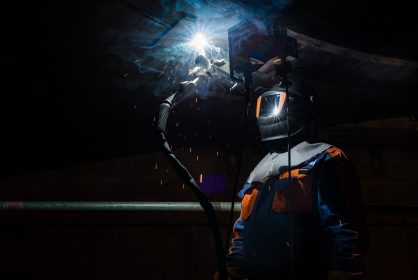
Greater idea to the welding force.
Thousand of local welder that learn through apprenticeship or family are many here in my country, they are capable to work in modern way to help the welding field to keep growing.
I believe if AWS can come over to influence them as am inspired that propel me to follow them for years and that am anticipating to move over whenever am financial capable I believe it will add more workers to the welding field.
Kudos
Dexterit j D’metal
I am a train welder and am interested.
Qualified coded arc welder looking for a good company to build and improve my skills
It discuss about the best global welder shortage viewpoints three continents. This article provides us true and insightful information regarding it. This article is very helpful. Great blog indeed, will visit again future to read more!!I am sure many people will come to read about it in future.
“…On the other hand, the common misconceptions around welding careers, such as compensation being lower than other industry sectors, the work being repetitive, monotonous, underpaid and involving work in decrepit, dirty environments, and the lack of career growth opportunities are also deterring younger generations. This is one reason why there are so few students in the technical schools for welding…”
Been welding for six years in several different shops. Pipe fabrication, heavy metal fabrication, maintenance.. etc. Yeah thats a big nope, its exactly how its described. Welding is like any other job, it takes years to get into that higher tier of income. Many places even cap out at 30, 31 an hour. The big money is on the pipeline but the money needed for the equipment, insurance, whatever else, your basically starting your own company. A lot of people dont have that kind of money or that kind of time.
The thing is a lot of these weld schools and pipe schools keep filling the heads of these naive kids promising them massive pay raises once their done, and thats simply not the case. Their pretty pissed and disullusioned when they end up making 12 to 15 an hour, mostly grinding and welding shit fixtures. Not knowing that in every career, you have to start at the bottom.
Bottomline, the trades in general are a good, solid, career choice for people who feel slighted for not choosing the college route. Plenty of ways to carve out a decent living instead of working in retail, hospitality. Electrician, machinist, pipefitter, boiler mechanic, hvac, all good decisions. Your not going to be rich overnight but the real reward is the insight it gives you into how all of this works, which can open your eyes to better oppurtunities, maybe in a competely different field.
When they start paying a high enough wage for skilled craftsmen that shortage problem goes away.
[…] current years there was a vital lower within the quantity of expert welders in search of work. An enhance within the quantity of organizations that use robotic welding will […]
[…] the world, manufacturers and fabricators are experiencing a shortage of qualified welders. This is just one facet of a much larger manufacturing labor shortage occurring in the U.S and […]
[…] skilled profession, with people needing to be trained to the highest level. There is currently a global shortage of people in the profession, meaning that we are likely to see great incentives for people to train […]
You can make good money as a welder, but not right out of school. It’s an empty promise all of these institutions make, just like 4 year colleges do. If you want to entice a young welding workforce, you’re going to have to increase entry level pay. That’s not a conversation these institutions are willing to have though, because they want your money. Like everyone else. That’s why I pay $25 every 6 months to retain my AWS certs… they just want your money.
[…] is strong demand for welders internationally, and the manufacturing industry will continue to play a role or perhaps expand in size, […]
According to Geoff Crittenden, CEO of Weld Australia, “Unless urgent action is taken now, Australia will be 70,000 welders short by 2030.”
“The skills crisis is not unique to Australia; the US fabrication industry will face a shortage of 500,000 welders by 2030, and by 2050 Japan will need around 250,000 welders.”